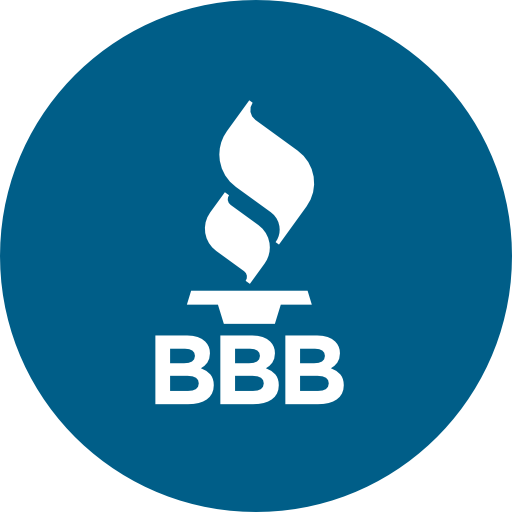
What is Recycled Polyester Staple Fiber?
Recycled polyester staple fiber (RPSF) is a synthetic fiber made from post-consumer or post-industrial polyester waste. Instead of using virgin polyester, which is derived from petroleum-based resources, recycled polyester staple fiber is created by reprocessing used plastic bottles, discarded polyester textiles, or other polyester-based products.
The term “staple fiber” refers to short fibers that are typically less than 15 inches in length. These fibers are then spun into yarns and used to manufacture a variety of textile products. RPSF is valued for its ability to retain the same properties as virgin polyester, but with a much lower environmental footprint.
How is Recycled Polyester Staple Fiber Manufactured?
The manufacturing process of recycled polyester staple fiber involves several key steps:
-
Collection of Polyester Waste: The first step is sourcing post-consumer waste, which includes plastic bottles, discarded garments, or other polyester-based products. Post-industrial waste, like leftover fabrics from manufacturing processes, can also be used.
-
Cleaning and Sorting: Once the waste materials are collected, they are cleaned to remove impurities such as dirt, labels, and adhesives. This ensures that the recycled polyester is free from contaminants.
-
Shredding and Granulation: After cleaning, the polyester waste is shredded into smaller pieces or granules. This helps prepare the material for the next stage of the recycling process.
-
Polyester Melting and Extrusion: The shredded polyester is then heated and melted. During this stage, the melted polyester is extruded into thin filaments, similar to the process used to make virgin polyester.
-
Fiber Formation: These filaments are then cut into staple fibers of the desired length. The length can vary depending on the end-use application, but typically ranges between 1 to 15 inches.
-
Spinning and Yarn Formation: The staple fibers are then spun into yarns that can be woven or knitted into fabrics. The resulting fabric can be used for a wide range of textile products, from clothing to upholstery.
-
Dyeing and Finishing: In some cases, the fibers are dyed and finished to enhance their appearance and performance. Because recycled polyester can be re-dyed, it offers more flexibility in color and design than many other recycled fibers.
Benefits of Recycled Polyester Staple Fiber
-
Environmental Impact: By using post-consumer waste like plastic bottles, recycled polyester helps divert plastic from landfills and reduces the need for petroleum-based raw materials. This significantly lowers the carbon footprint associated with polyester production.
-
Energy Savings: The production of recycled polyester typically uses less energy than the creation of virgin polyester, as the raw materials have already been processed once. This can result in a reduction in overall greenhouse gas emissions.
-
Durability and Quality: Recycled polyester staple fiber retains the same strength, durability, and performance characteristics as virgin polyester, making it a highly versatile material for a wide range of applications.
-
Circular Economy: The recycling of polyester into new fibers contributes to the concept of a circular economy, where materials are continuously reused, reducing waste and promoting sustainability.
Uses of Recycled Polyester Staple Fiber
Recycled polyester staple fiber has a broad range of applications across various industries, particularly in textiles and fabrics. Here are some common uses:
-
Apparel Manufacturing: RPSF is widely used in the production of clothing, including activewear, outerwear, t-shirts, and jeans. Its durability, ease of care, and ability to mimic virgin polyester make it a popular choice for sustainable fashion.
-
Home Textiles: Recycled polyester fibers are commonly used to produce home textiles such as curtains, bed linens, upholstery fabrics, and cushions. These products offer a sustainable alternative to traditional fabrics while maintaining the quality and performance expected in home furnishings.
-
Automotive Industry: RPSF is used to produce automotive upholstery, carpets, and interior fabrics. The automotive sector has increasingly turned to recycled materials as a way to meet sustainability goals while still ensuring high performance and durability.
-
Nonwoven Fabrics: Nonwoven fabrics, which are used in products like wipes, filters, insulation, and geotextiles, can also be made from recycled polyester staple fiber. These fabrics offer strength, resilience, and cost-effectiveness.
-
Insulation Materials: Recycled polyester fibers are often used in thermal and acoustic insulation products, including blankets, mattress padding, and insulation for buildings. The fibers provide lightweight, breathable materials that help conserve energy and reduce heating and cooling costs.
-
Filling Material for Pillows and Cushions: RPSF is often used as a filling for pillows, cushions, and plush toys due to its softness and fluffiness. It is a sustainable alternative to down feathers or synthetic fillings.
-
Recycled Fabrics for Footwear: Many footwear manufacturers have adopted recycled polyester staple fiber to create more eco-conscious shoe materials, including shoe linings, insoles, and outer fabrics.
The Future of Recycled Polyester Staple Fiber
As consumer demand for sustainable products grows, the use of recycled polyester staple fiber is likely to expand. Innovations in recycling technology and the continued development of more efficient methods for extracting polyester from waste will further improve the viability of recycled fibers. In addition, the growing emphasis on circularity and reducing carbon footprints in industries like fashion and automotive means that recycled polyester is poised to play an even more significant role in the future.
Conclusion
Recycled polyester staple fiber represents an important step toward a more sustainable future in textiles and beyond. By turning waste into valuable resources, it reduces the environmental impact of polyester production while maintaining the material’s durability and performance. Whether in fashion, home textiles, or industrial applications, recycled polyester offers a versatile and eco-friendly solution for businesses and consumers alike. By choosing products made with RPSF, we can all contribute to a more sustainable, circular economy.



